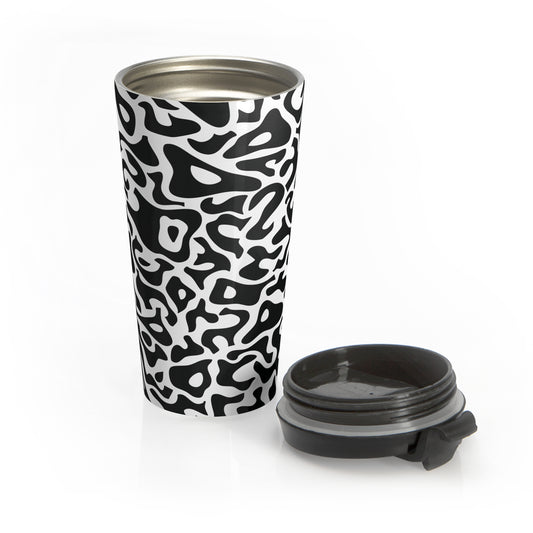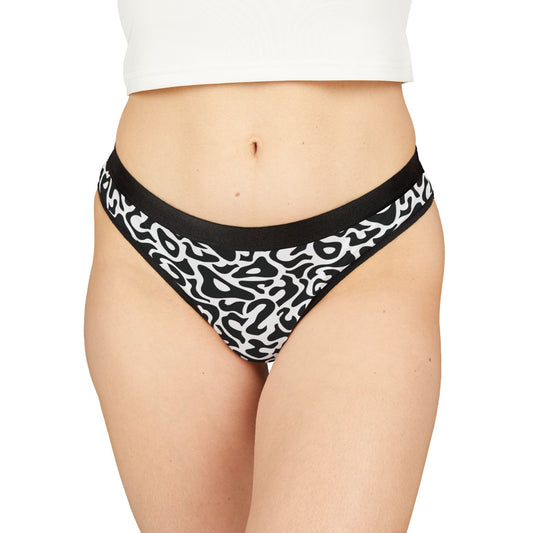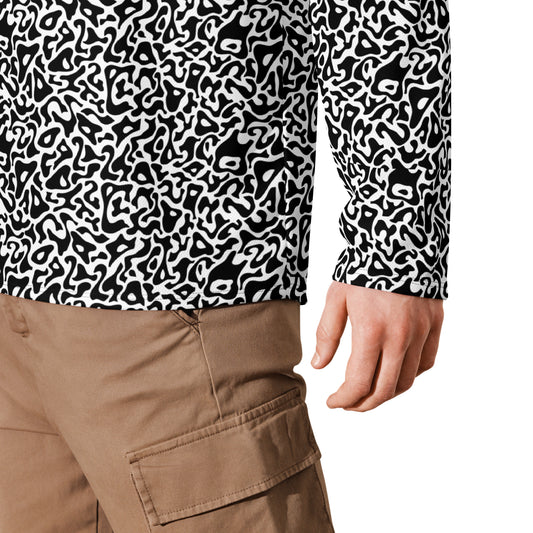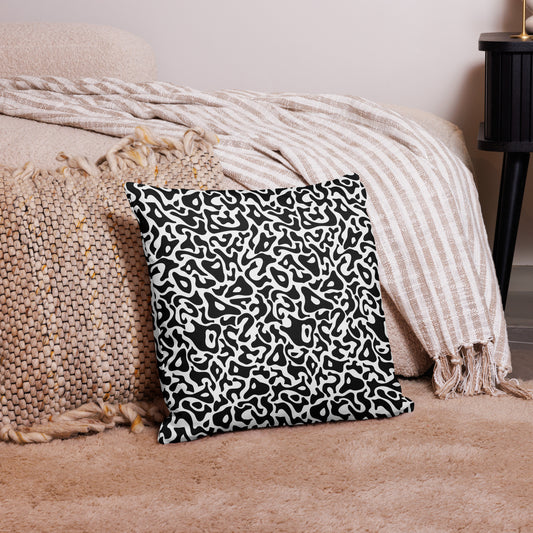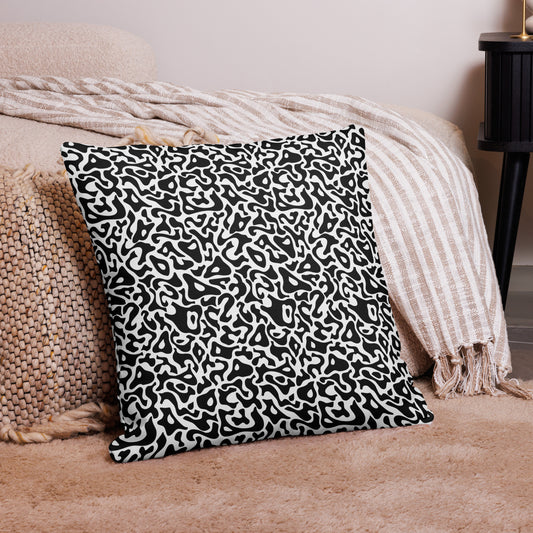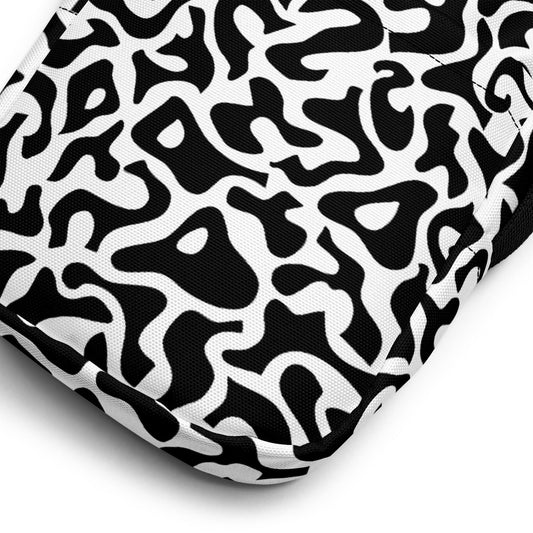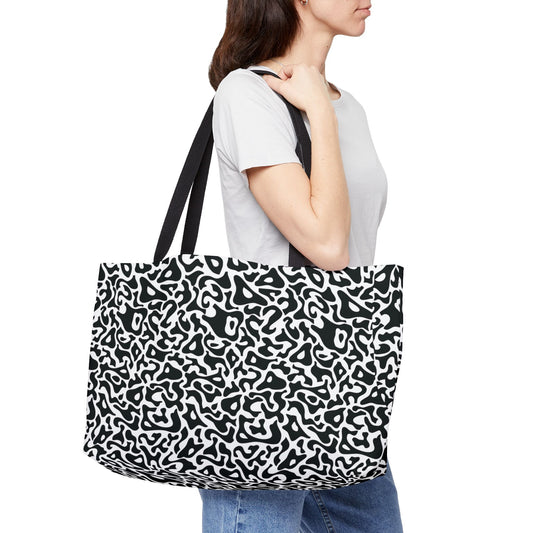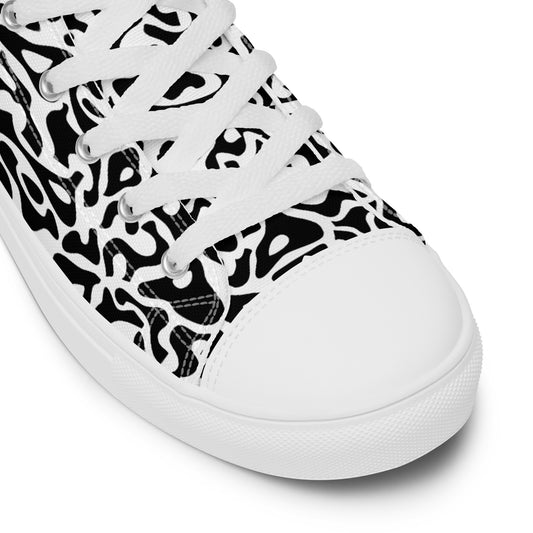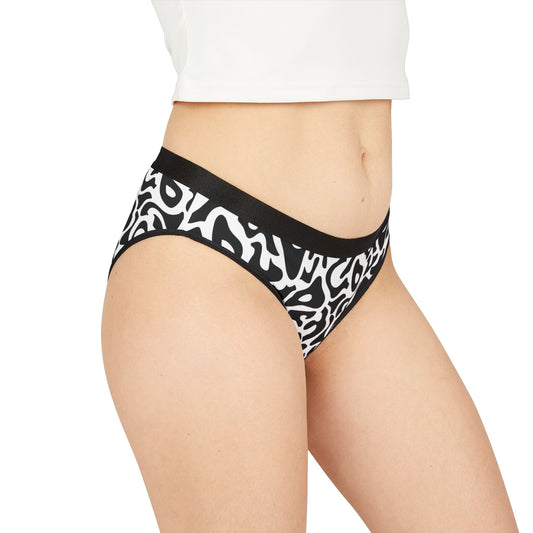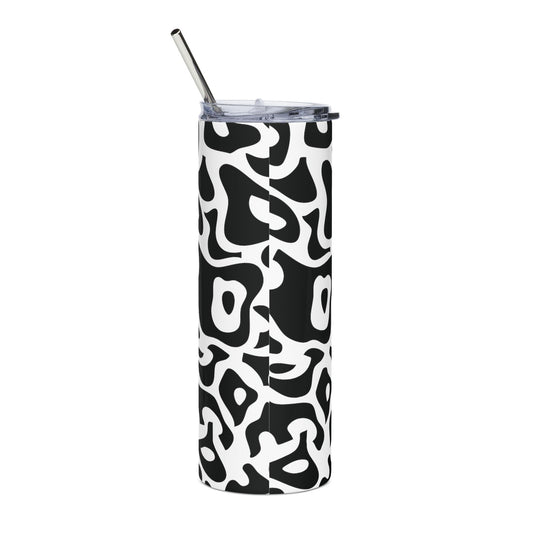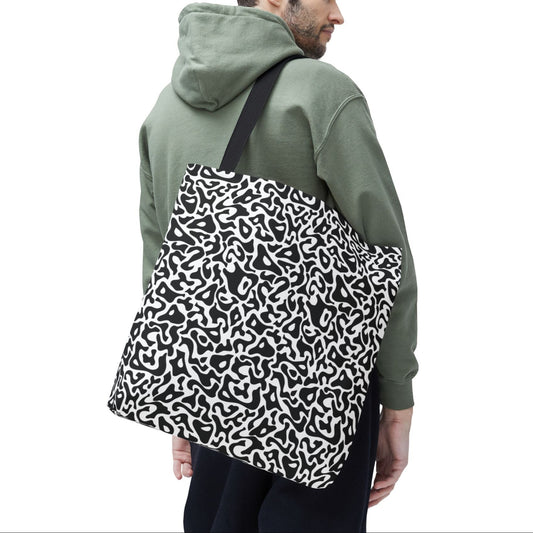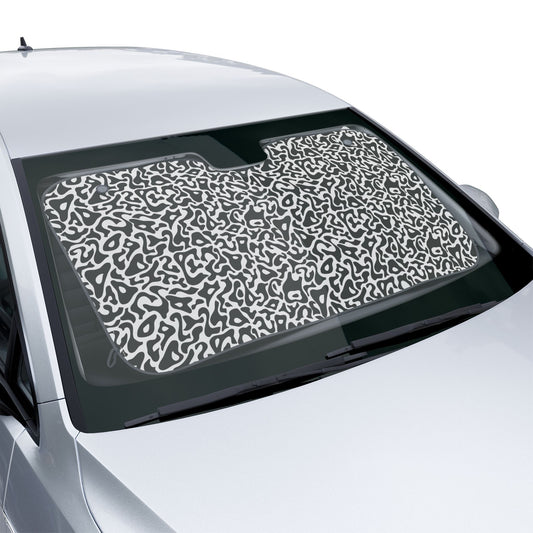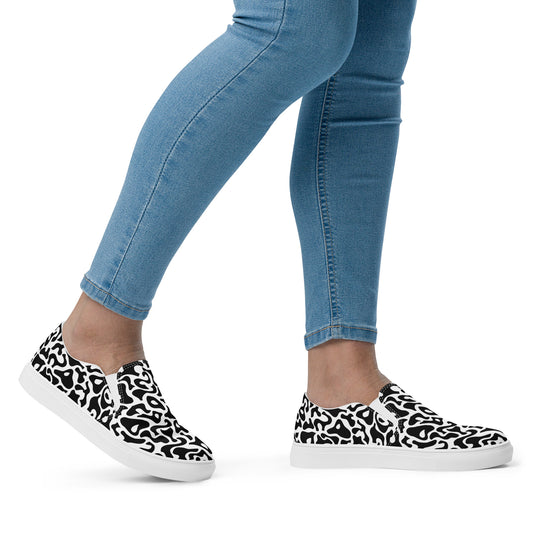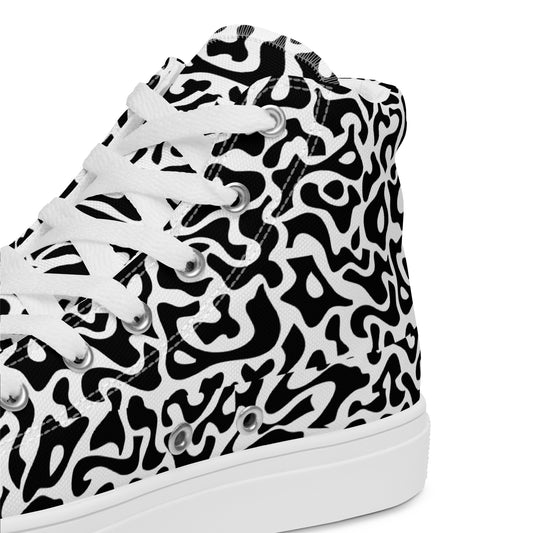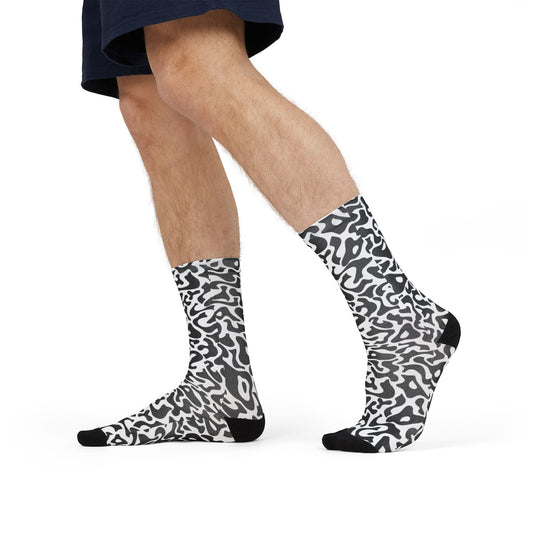The pattern consists of irregular black shapes scattered across a white base, visually mimicking microorganisms or bacterial forms viewed under magnification. This high-contrast design rejects the naturalistic, earth-toned palettes used by most camouflage systems of the era. Instead, it offers a stark, abstract, almost experimental aesthetic more aligned with graphic disruption than environmental blending. The result is a pattern that is not only functional in its intended setting but also symbolic—a visual language that reflects institutional identity and the evolving role of camouflage beyond concealment.
This camouflage was never issued as part of South Korea’s broader military uniform system and remained exclusive to academic and ceremonial applications. As such, garments featuring the pattern were produced in small quantities, often linked to specific training cohorts or graduation classes. Fabric choices included cotton twill and herringbone twill (HBT), both common in mid-century military uniforms. Construction details and print variations may differ slightly between years, suggesting a level of customization unique to this program. The limited production and specific institutional context of the pattern have contributed to its rarity and increased its desirability in the vintage and military surplus markets.
Today, the Bacteria Camouflage is viewed as an archival artifact—both a collectible and a design reference. Its abstract form, limited use, and historical specificity make it a point of interest not only for collectors but also for researchers and designers exploring the intersection of military utility and visual culture. As one of the most graphically bold camouflage systems ever issued, it represents a distinct chapter in South Korean uniform design and a rare example of experimental thinking within the typically utilitarian domain of military apparel.



